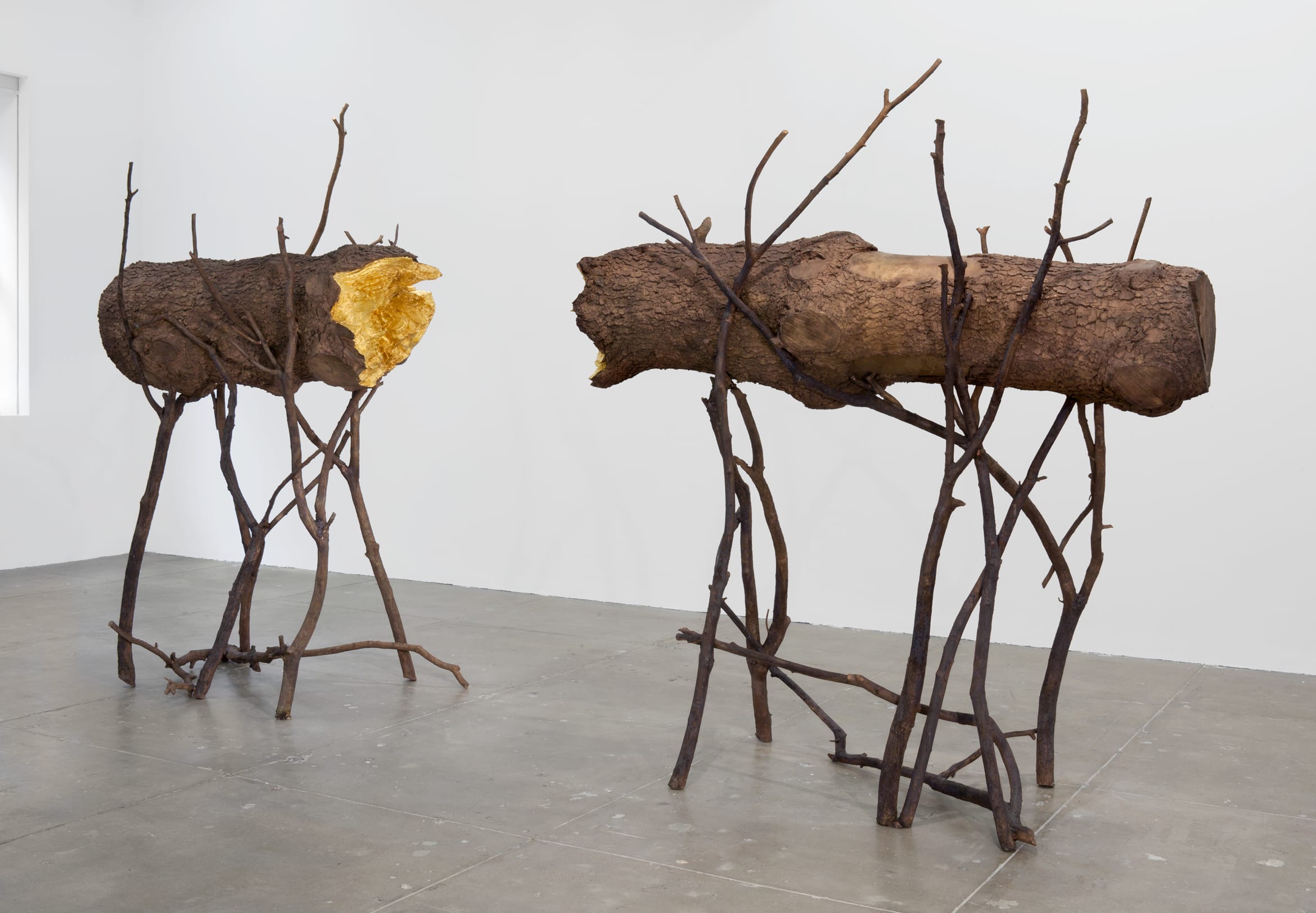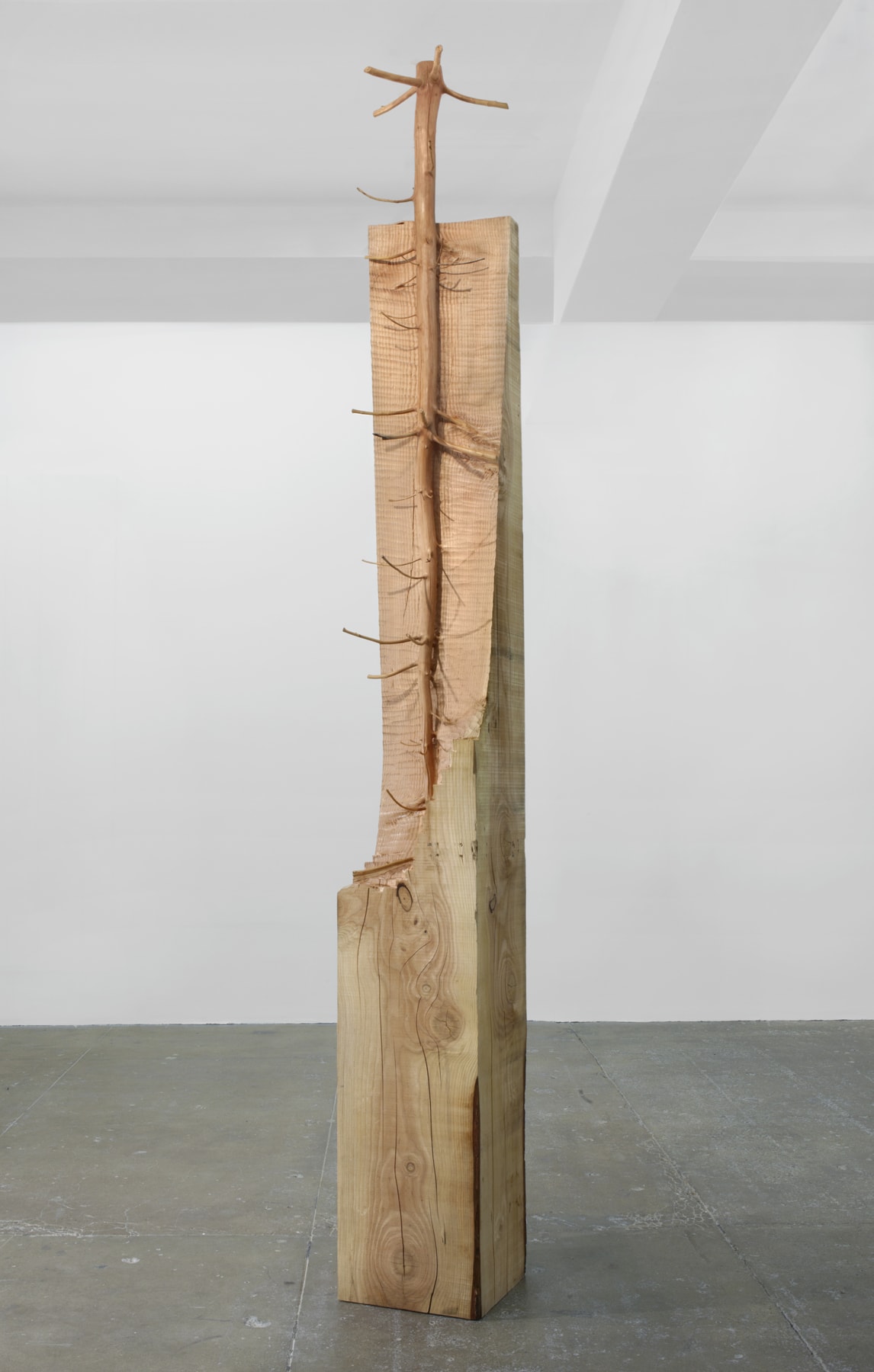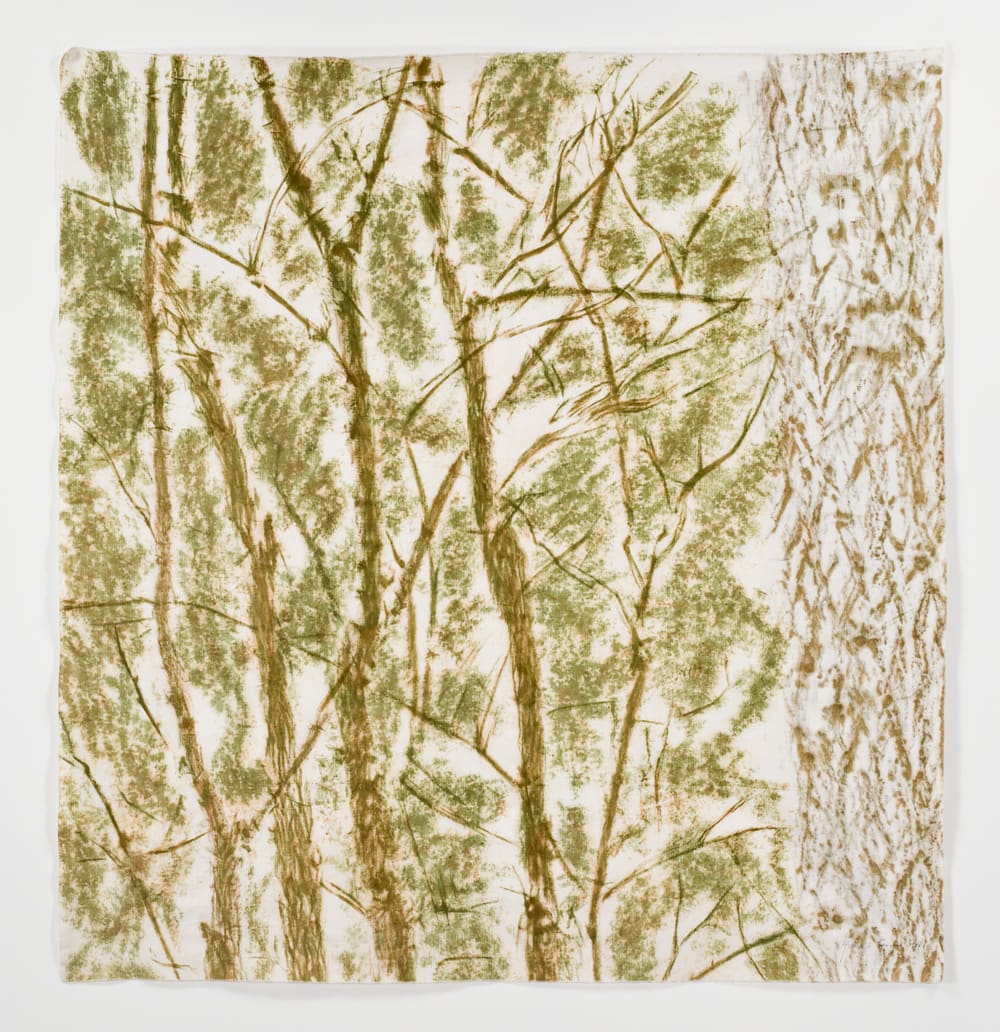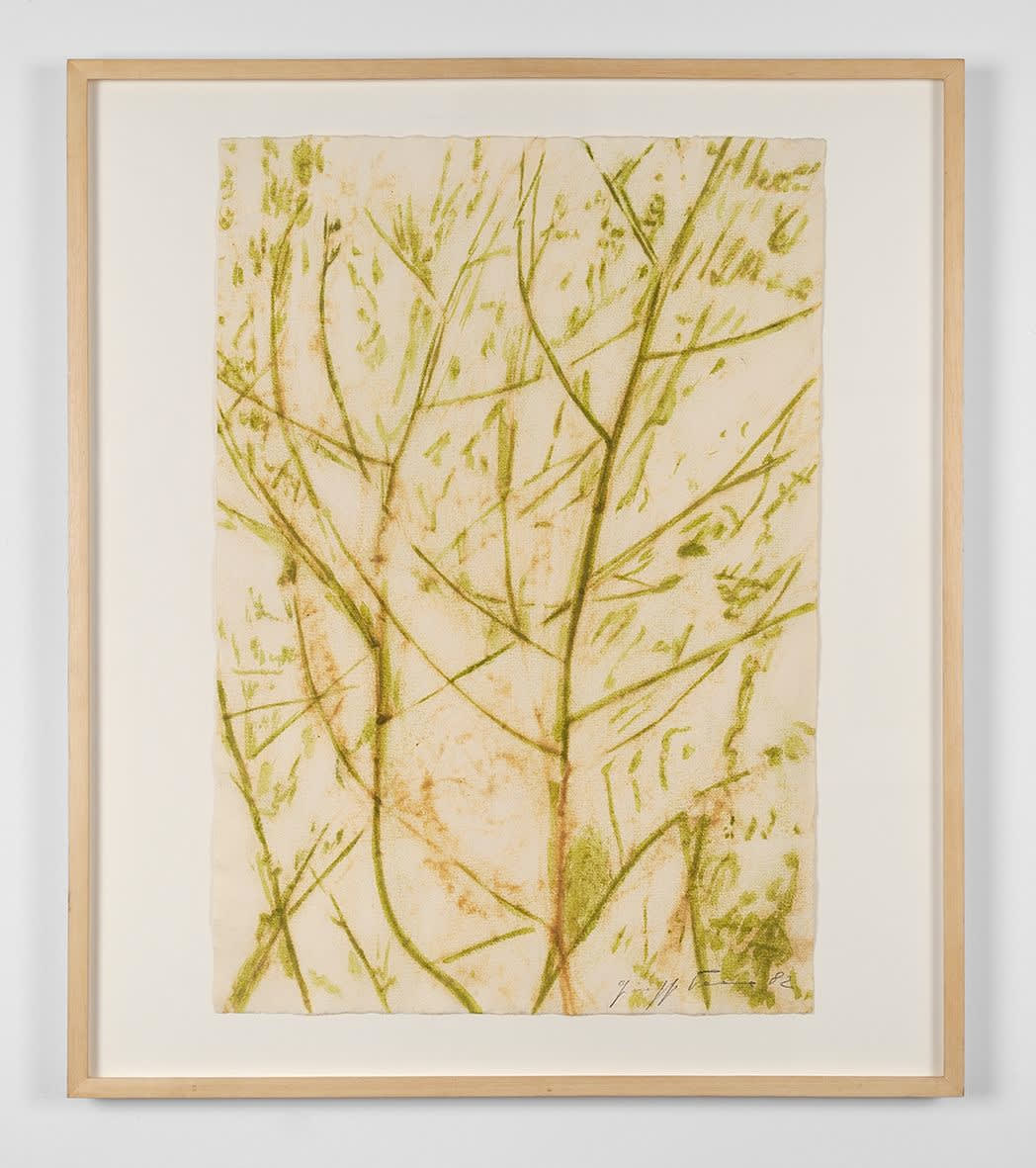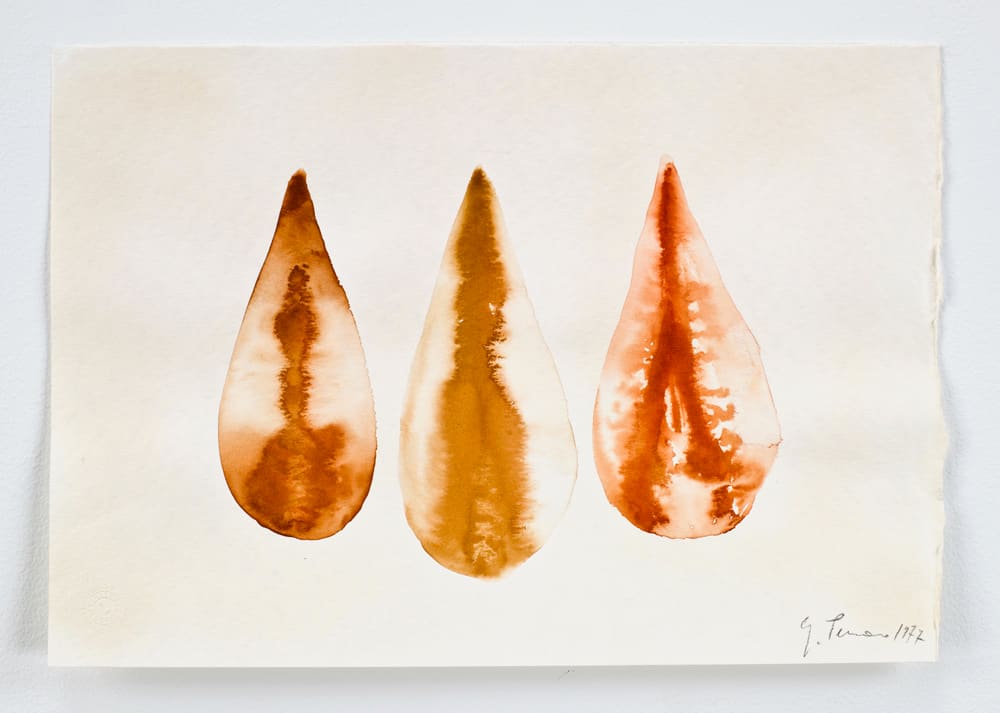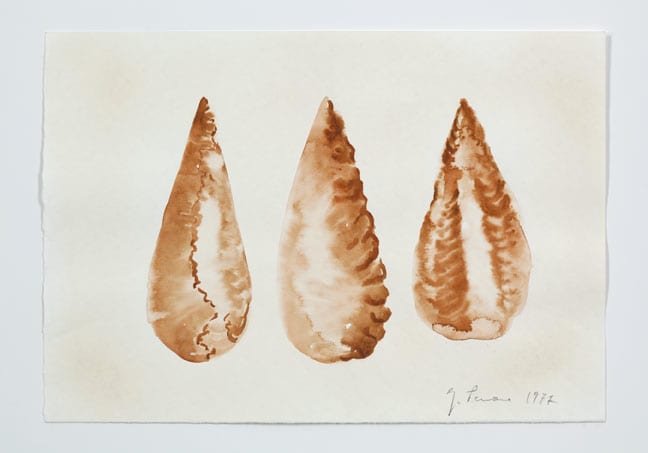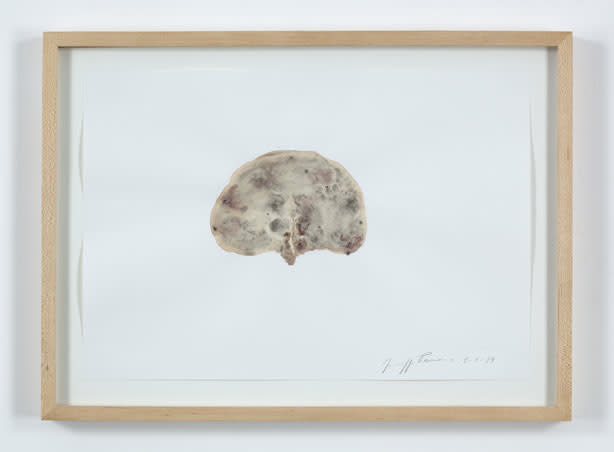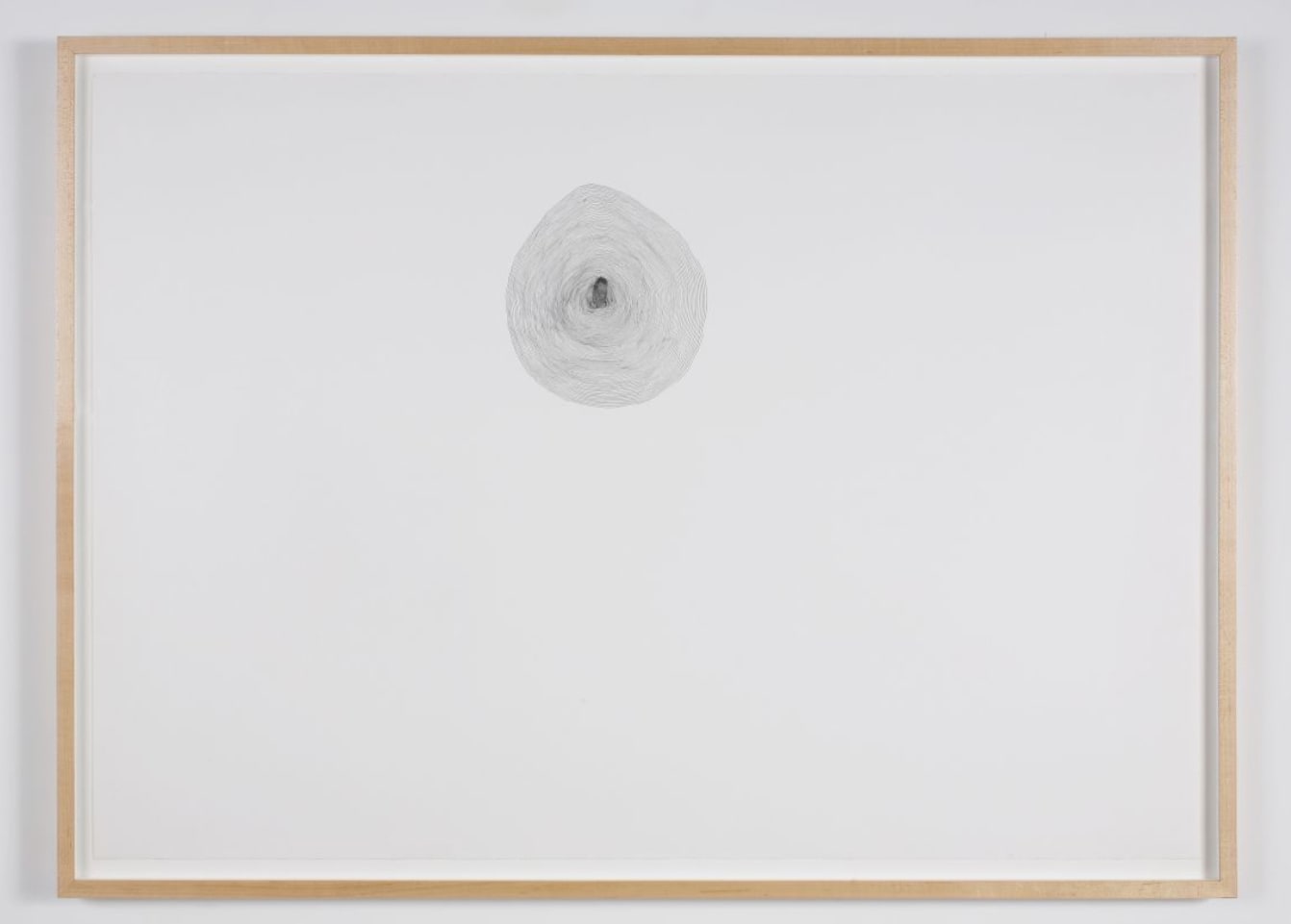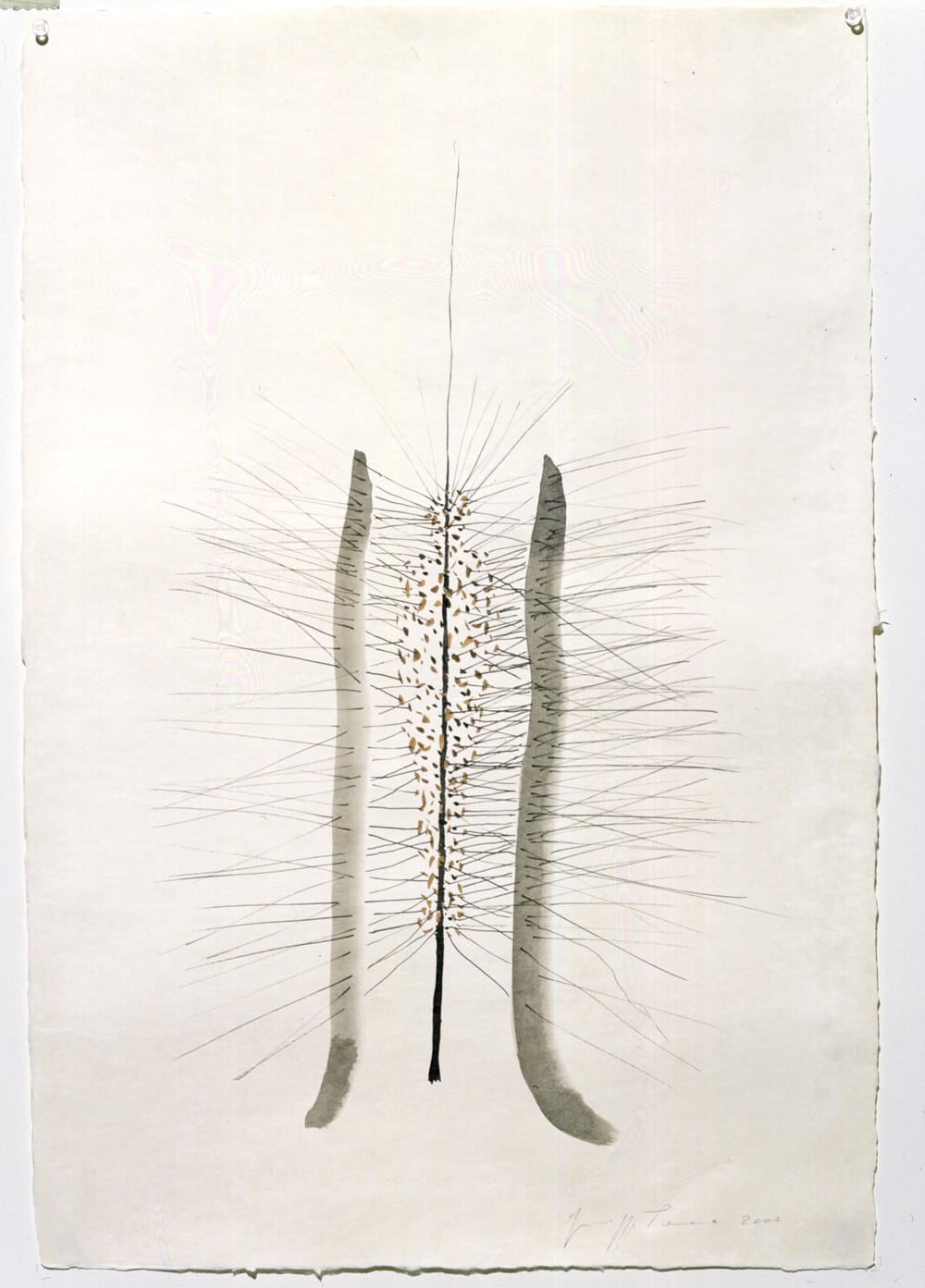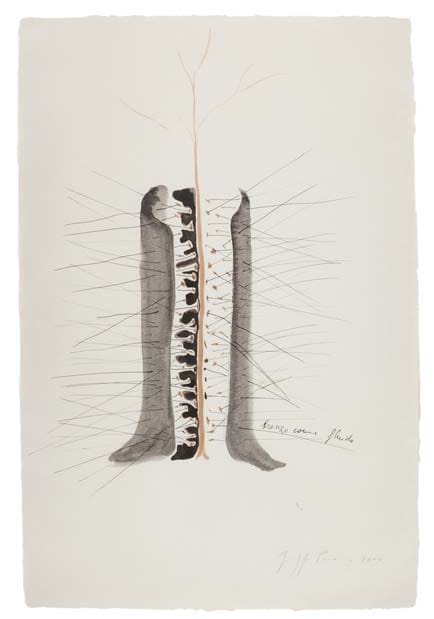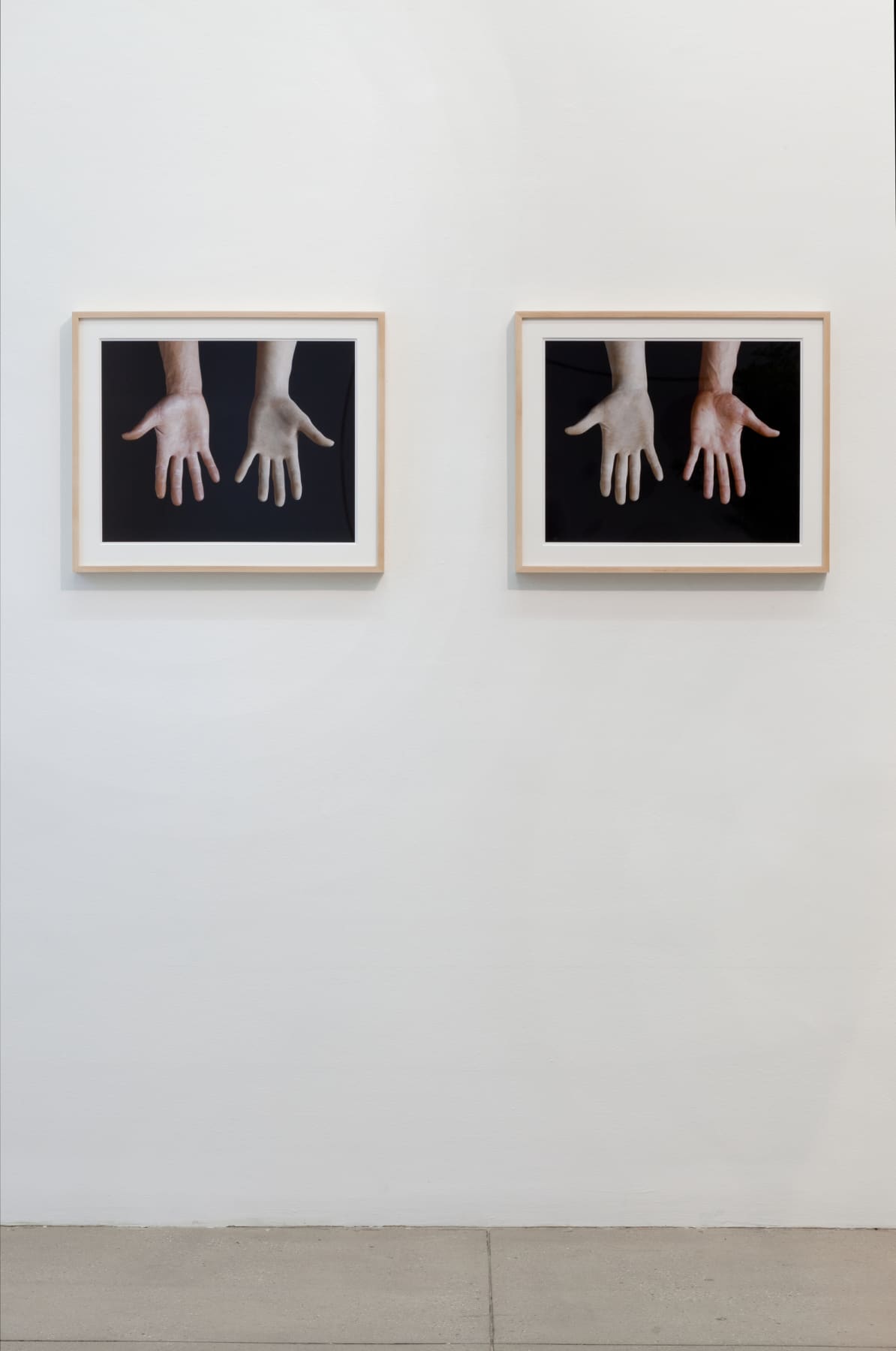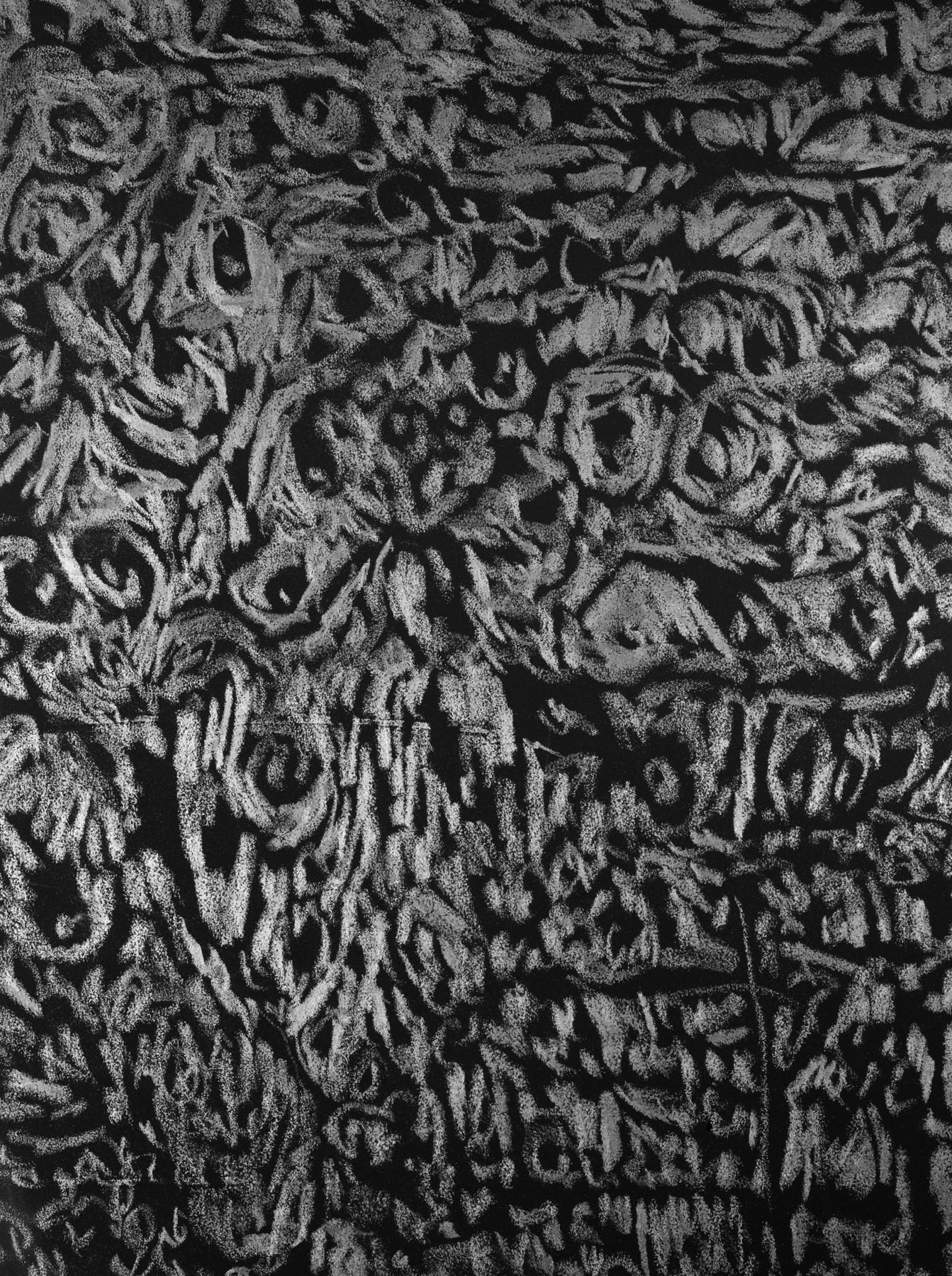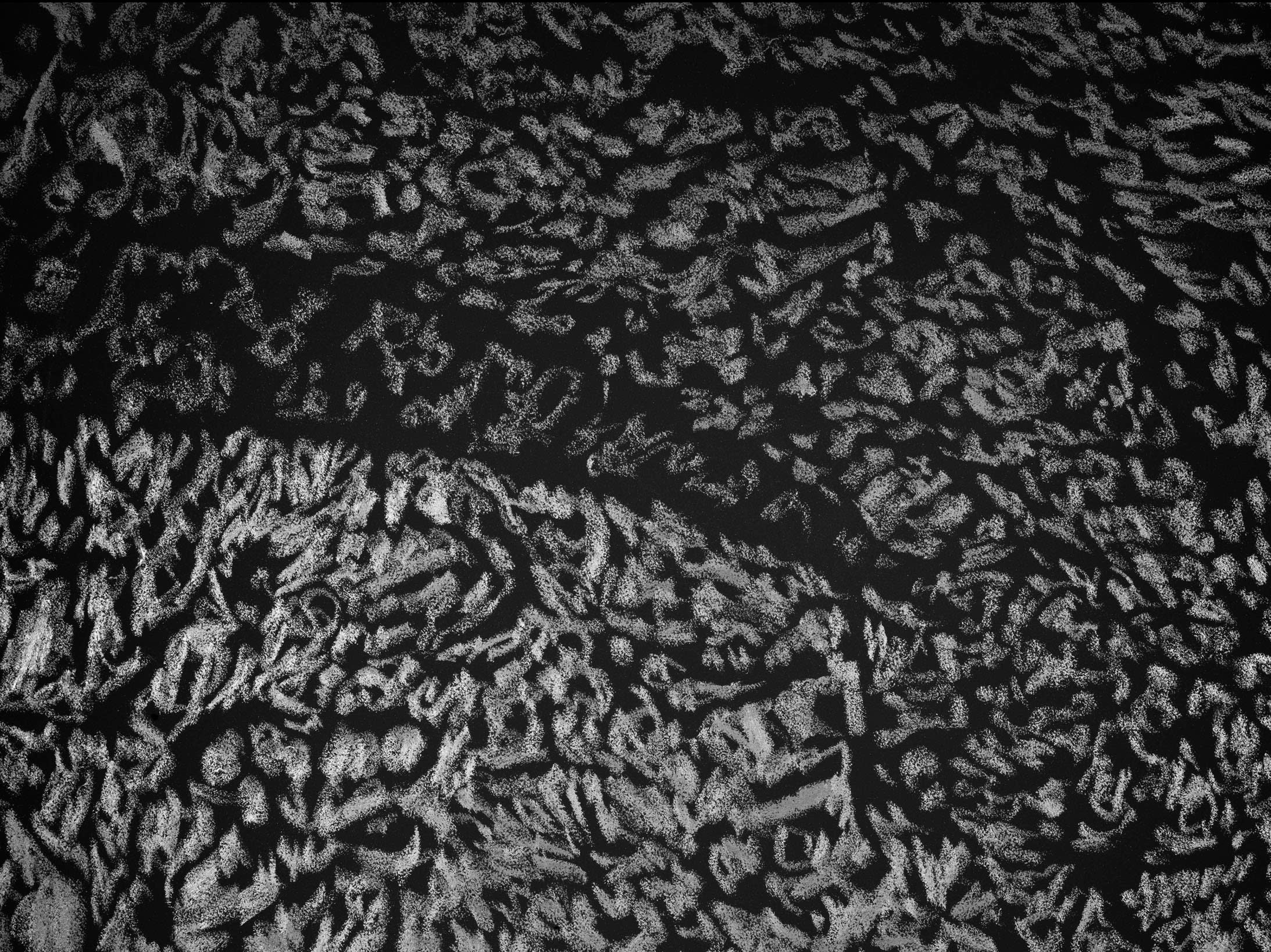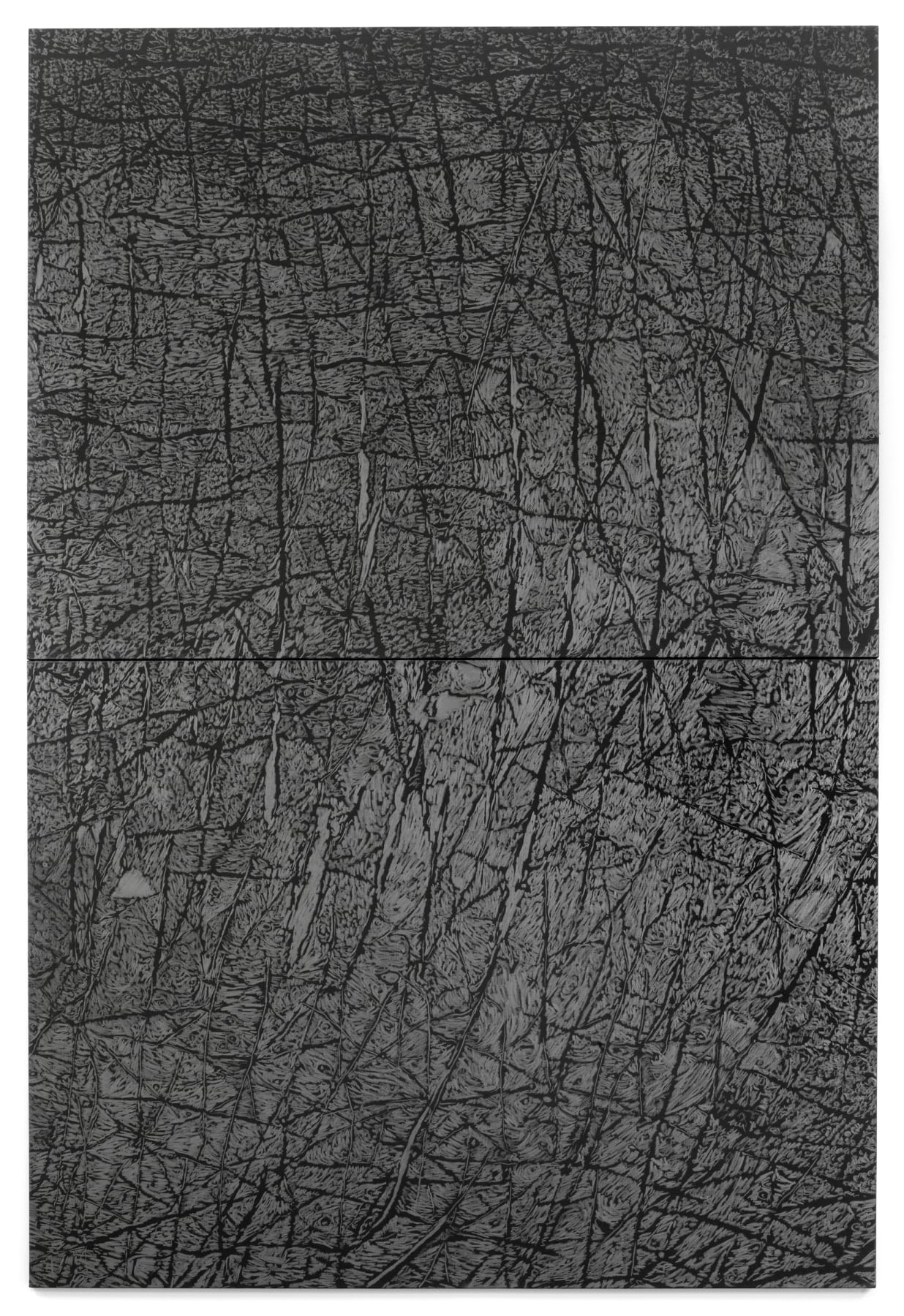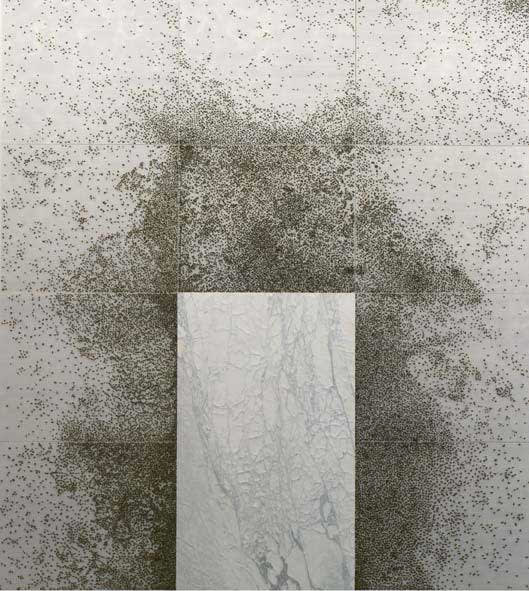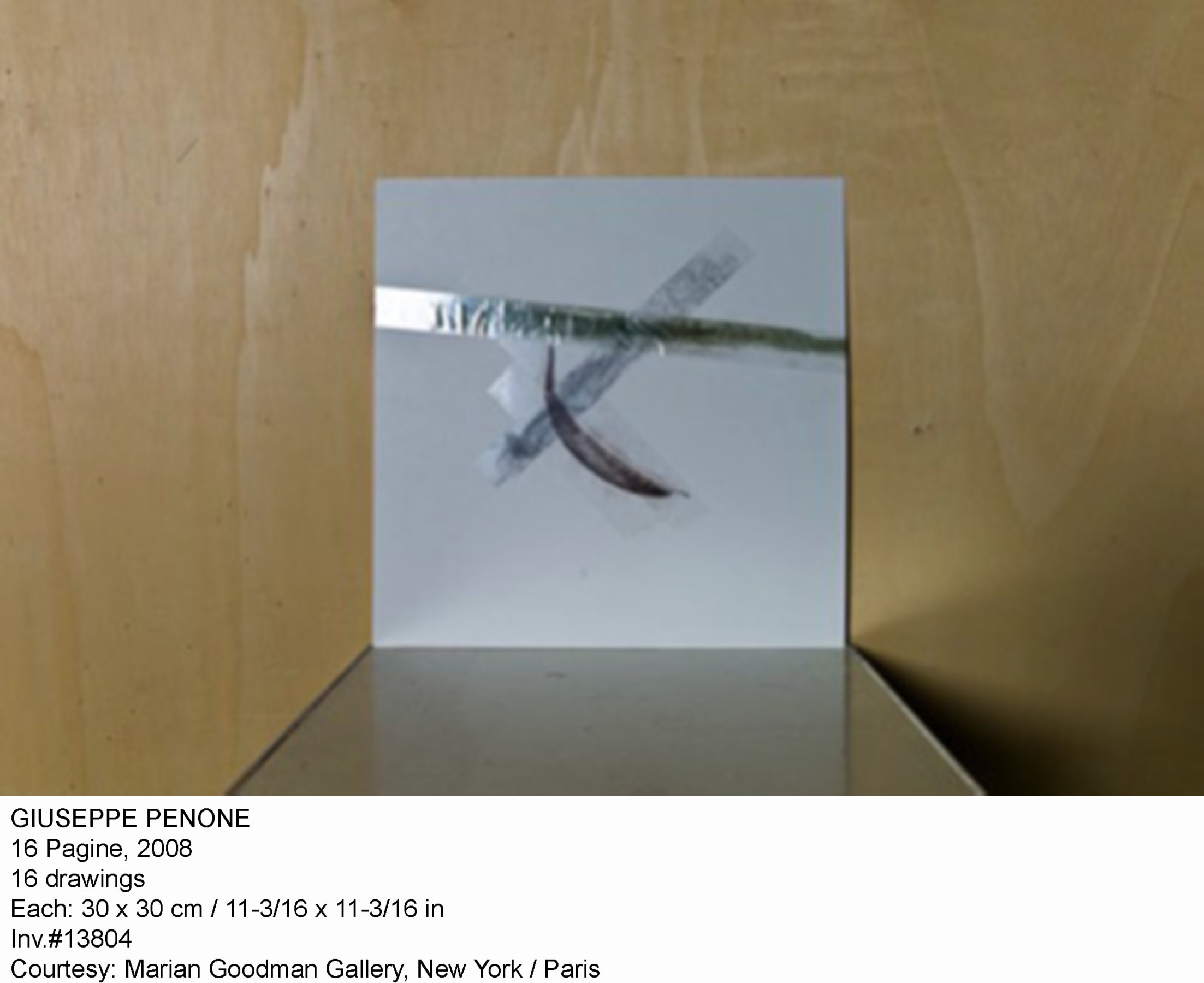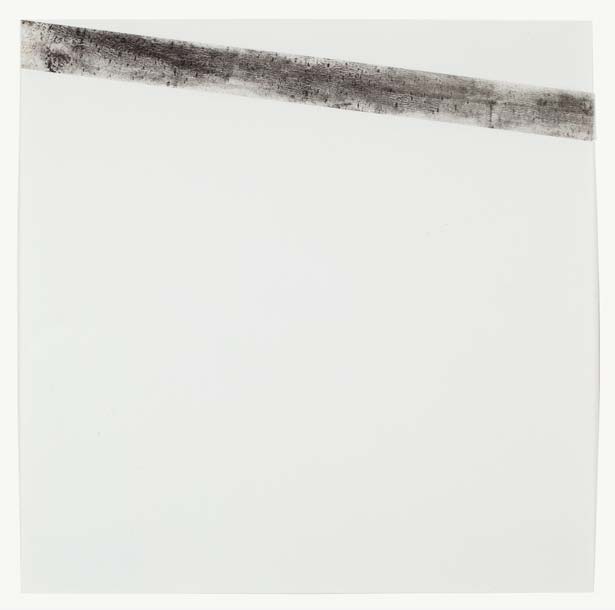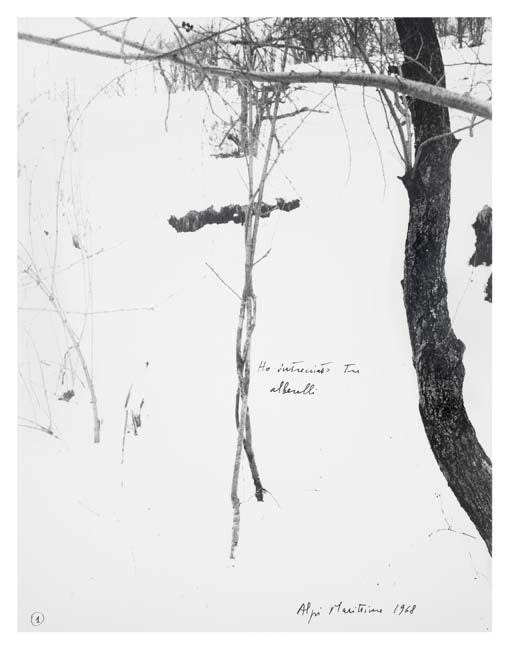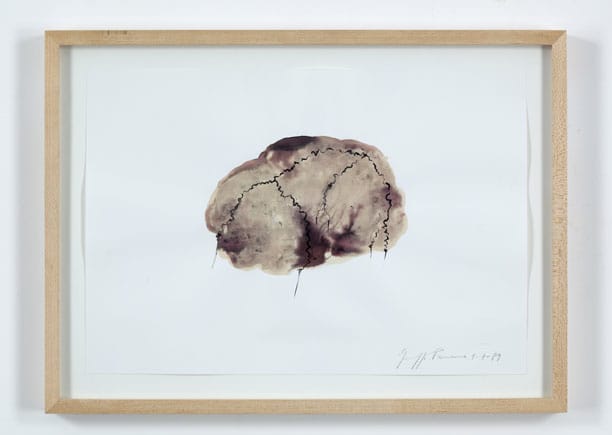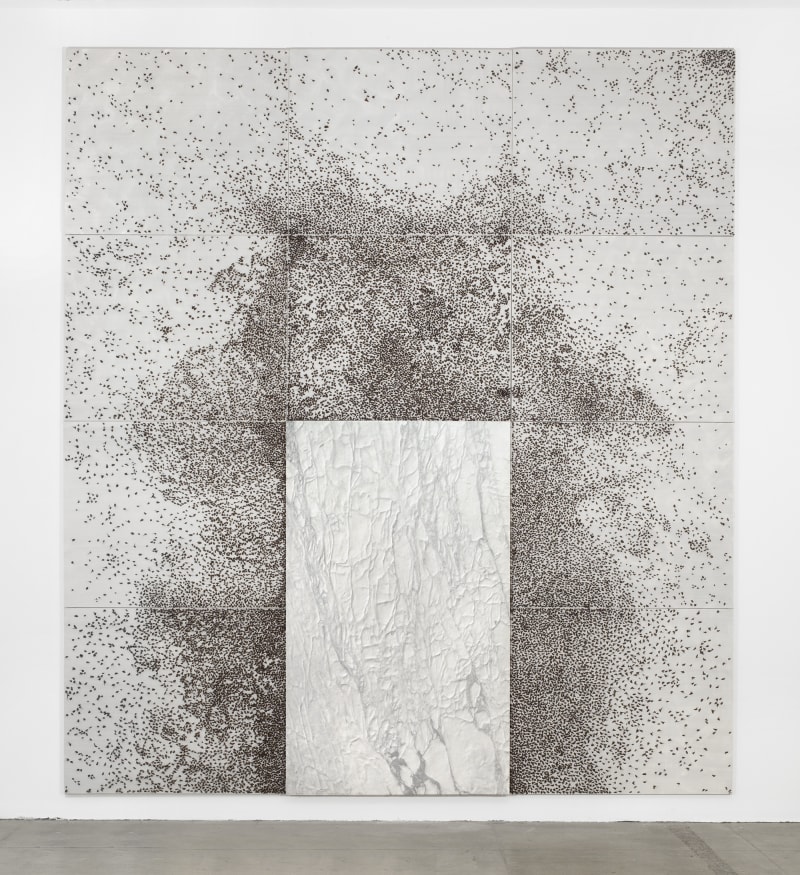Overview
Marian Goodman Gallery is very pleased to announce an exhibition by the Italian artist Giuseppe Penone. On view will be a selected survey of works from 1968 to today in a range of media representing a rich vocabulary of binary meanings related to the natural world and the notion of living sculpture. Sculpture in bronze and wood, wall and floor works in marble and acacia thorns, graphite interventions and works on canvas, and formative black & white photographic works, will be on view.
Giuseppe Penone
May 4 - June 16, 2012
Opening Reception: Friday May 4, 6-8 pm
Marian Goodman Gallery is very pleased to announce an exhibition by the Italian artist Giuseppe Penone which will open on Friday May 4th and be on view through Saturday June 16th.
On view will be a selected survey of works from 1968 to today in a range of media representing a rich vocabulary of binary meanings related to the natural world and the notion of living sculpture. Sculpture in bronze and wood, wall and floor works in marble and acacia thorns, graphite interventions and works on canvas, and formative black & white photographic works, will be on view.
Long related to developments in sculpture in the 60s and 70s, and to arte povera, Penone’s work retains its own distinctive character. Sight, touch, skin, breath, life. Gesture, imprint, action, infinity. Punta, Gesto, Pelle, Soffi, Propagazione. A physical tactile awareness specific to all things; life happening through the eye and the fingertips; the tree as a fluid material; breathing as automatic, involuntary sculpture: these are the premises of sculpture and of drawing.
“Testing the limit and situations of contact between his own body and nature, experimenting with the threshold between his own limbs and his native Piedmontese countryside, [Penone] found himself in an encounter with the world.” (Gianfranco Maraniello, in the Introduction to ‘Giuseppe Penone: Writings, 1968-2008’)
“Testing the limit and situations of contact between his own body and nature, experimenting with the threshold between his own limbs and his native Piedmontese countryside, [Penone] found himself in an encounter with the world.” (Gianfranco Maraniello, in the Introduction to ‘Giuseppe Penone: Writings, 1968-2008’)
In the North Gallery, Alpi Marittime, 1968, a series of six early black & white photographs documents the ‘caged energy of a growth of a tree’ grasped beyond the point of contact of a ‘mineral hand.’ The concept materializes in three dimensions in the adjacent bronze Trattenare 6 anni di crescita (Continuerà a crescere tranne che in quel punto, 2004-2010), which as a work evolved from the earlier action devised by the artist in 1968 of grasping a tree trunk, and subsequently fixing a steel cast of his hand in the same place of the tree trunk, leaving it there, and photographing it later to reveal “the graft, the scar, an emblem of one strength added to another.”
Penone writes: “I feel forest breathing/and hear the inexorable growth of the wood… / I match my breathing to that of the green world around me. I feel the flow of the tree around my hand/ placed against the trunk. The altered sense of time makes what is solid., liquid, and what is liquid, solid. The hand sinks into the tree trunk which, owing to its rapid growth and the plasticity of its matter is the ideal element for shaping.” (G. Penone, 1968).
Penone writes: “I feel forest breathing/and hear the inexorable growth of the wood… / I match my breathing to that of the green world around me. I feel the flow of the tree around my hand/ placed against the trunk. The altered sense of time makes what is solid., liquid, and what is liquid, solid. The hand sinks into the tree trunk which, owing to its rapid growth and the plasticity of its matter is the ideal element for shaping.” (G. Penone, 1968).
As a point of departure between self and world, man and nature, Penone restores to art the gesture that initiates the work, the action that indicates the transformation between the natural and the human. The growth of a tree is seen as the experience of the work of art: “a tree’s year of growth made up of fingerprints, finger marks, traces of oil, rested upon its bark analyzed, felt, followed, touched, point by point". The interest in the space between the hand and the touched surface that becomes sculpture and drawing, between imprint and sight, gesture and action, is sustained throughout his work, from the 60s to today. Verde del bosco, 1983 “captures the green of the forest with a gesture, rubbing the green of the forest.” Nel Legno, 2008 carved from the torso of a tree “marks the history of the wood with a chisel, carved by days”. Propagazione, 2011, drawn directly onto the wall in graphite, is a cosmos ensuing from a single impression. Ombra di terra, 2000 fixes the volume projection of a shadow from a fingerprint into space in terracotta. Tra…, 2008 and Matrice di bronzo, 2008, two bronze sculptures cast from Penone’s native landscape are matrices for the mutations of matter, each containing light’s metamorphosis into gold within their hollowed trunks.
In the South Gallery, a universe of images following from touch or that touch provokes, or the notion of human skin as landscape, is present in several works. Svolgere la propria pelle, 1970 is an early set of 104 black and white photographs in which the subject is seen “unrolling one’s skin against air, water, earth, rock, walls, trees, dogs, handrails, windows, roads, hair, hats, handles, wings, doors, seats, stairs, clothes, books, eyes, sheep, mushrooms, grass, skin […]”. 2 Guanti, 1972, a photographic work of a grape leaf impression onto the palm, suggests “the history of man lies in the palm of the hand.” A series of canvas works titled Pelle di grafite (2007) contain apparitions of images drawn in patterns on the surface, reflected in a mirror of graphite such that “the tip of the pencil mirrors the skin of the universe.” Pelle di Marmo e Spine d’Acacia 2001, a wall sculpture in which a casing of carved marble adjoins a panel of acacia thorns on silk, reveals a human surface of “polished skin, soft to the touch, with venous fabric that shines through delicate and subtle”. The five-part floor sculpture, Pelle di marmo, 2001, bears the “signs of tools that investigate, scour, dig and underscore its veins, revealing the pulsating fabric of the exterior and interior of the mountain”. (all quotes attributed to the artist, from Giuseppe Penone: Writings, 1968-2008).
The idea of a “brain of stones” implies “a precise thought, logical, crystalline like the material of the stone; its sum becoming memory.” Seen in another form, it recalls more recently the floor of veined white marble, carved to resemble an imprint of the brain and a living organism, realized in Penone’s large-scale installation Sculture di linfa for the Italian Pavilion at the 52nd Biennale of Venice in 2005 (Thinking with the Senses, Feeling with the Mind), or the outdoor works commissioned for Giardino dell Sculture Fluide, 2003-2007 on permanent display in the garden of La Reggia di Venaria Reale, the royal residence of the Savoy in Torino, Italy.
A number of important forthcoming projects include Penone’s participation in the upcoming Documenta 13, Kassel in June, as well as a solo public exhibition planned for Château de Versailles, France June 2013. The artist’s work is currently on view at Centre d’arts et de nature, Parc du Château, Domaine de Chaumont-sur-Loire, through November 2012. In the upcoming year, Penone’s work will be presented at Whitechapel Gallery, London, September 2012; Jardin des Plantes, Paris, Autumn 2012; Couvent de La Tourette, Eveux, Autumn, 2013; and Kunstmuseum Winterthur, Spring 2013.
Recent solo exhibitions of the artist’s work have been held at: Fondation De Pont, Tilburg, The Netherlands; Musee des Arts Contemporains du Grand Hornu, Belgium; Ikon Gallery, Birmingham; Toyota Municipal Museum of Art, Toyota; MAMbo, Bologna; AGO, Toronto; Museum Kurhaus, Kleve; and Villa Medici, Academie de France, Rome.
Please join us at the opening reception for the artist on Friday, May 4th, from 6-8 pm.
For further information, please contact the Gallery at: 212 977 7160.



